Home-made pump for pumping water: analysis of 3 options that you can do yourself
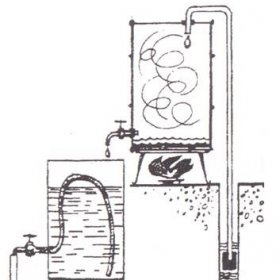
As soon as the documents for the suburban area are completed, the newly made summer residents begin to search for water. Well, if there will be water on the site, and if it is not? You can take it from your neighbors, but even for cooking dinner, you will need two buckets. You can no longer apply to watering the garden. Where in this case to get life-giving moisture? If you look around, somewhere there is sure to be a lake or rivulet, even a stream will do. Only a pump is needed. And it does not have to be electric. A home-made water pump can use solar energy, vacuum, or the natural vibrations of a lake. This is economical, and no dependence on the voltage in the mains.
Many individual sites are not connected to the mains. DIY water pumps can use more than electricity. They work perfectly on the "free" energy of the sun and wind, use the natural fluctuations of water and river flow. You can even pump water using a vacuum, and for this you only need a barrel and a bonfire.
Wave pump: easy to assemble, pump efficiently
To make a wave pump, you need:
- corrugated pipe (accordion);
- two bushings with valves;
- bracket;
- log.
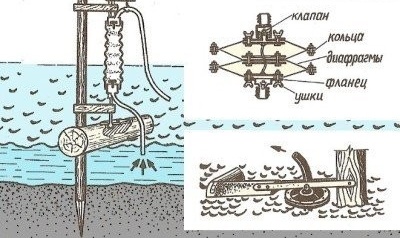
If a brass pipe was used, then the log should weigh more than sixty kilograms. Although if you use a plastic accordion, you can get by with a lighter one. In the latter case, the weight of the log can be accurately determined only in practice.
The pipe is closed on both sides by bushings with valves. One end is attached to the bracket, the other to the floating log. Natural vibrations of the water in the river will power the accordion. If the wind speed reaches two meters per second, then the pressure rises to four atmospheres, and about twenty five thousand liters can be pumped per day.
A home-made wave pump for pumping water will last longer if an annular stop is fixed with a bolt on the elevator. So the log in the horizontal plane will only rotate a little. This will eliminate unwanted torque. You can also solder the ends to the ends of the pipe onto which the sleeves are screwed.
The log to be used in this design must be soaked three to four times with a mixture of kerosene and natural drying oil in a one to one ratio. Ends and cuts need to be impregnated six times. If the mixture begins to solidify, it must be heated in a water bath.
The furnace pump: to warm - does not heat, but pumps water regularly
The name of the system of many is misleading: the furnace-pump does not provide water heating. The principle of operation is to create a pressure difference. To assemble the furnace pump, you need:
- steel two-liter barrel;
- blowtorch or primus;
- branch pipe with tap;
- rubber hose;
- mesh nozzle on a hose;
drill.
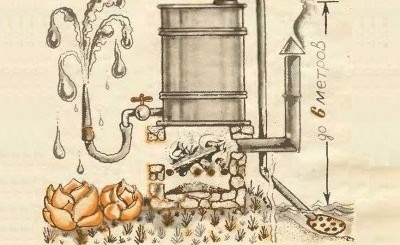
As experience shows, it takes about an hour to fill a barrel.And this is provided that the diameter of the hose is millimeters, and the water must be raised from a six-meter depth
A pipe with a tap is inserted into the lower part of the barrel. In the threaded plug that covers the barrel from above, a hole is drilled and the rubber hose is inserted very tightly. Its second end is closed with a mesh nozzle, and then lowered into a pond. A blowtorch or stove is installed under the barrel.
1-2 liters of water are poured into the barrel, and a fire is made under its bottom. Steam displaces air that enters the pond through a hose. Then the fire is extinguished, the barrel is cooling. As a result, the pressure inside drops, and water begins to flow from the reservoir.
Solar powered pump: always running
Propane-butane is located in the grill tubes. It is connected with a rubber bulb lowered into a can. There are two valves in its cover: one lets air in, and the other releases it under a pressure of about 1 atm. into the air pipe.
To start the pump, in the summer it is enough to pour the grate with cold water. The liquefied propane-butane is cooled, and its vapor pressure decreases. As a result, the rubber bulb is compressed, and the can is filled with air. After a few minutes, the sun will dry the grate and heat it again. Vapors of liquid inflate the pear, as a result of which the pressure in the can increases and air begins to escape through the valve into the pipe. An air plug like a piston drives water in front of itself towards the shower head. This sip of water falls onto the grate and cools it again.
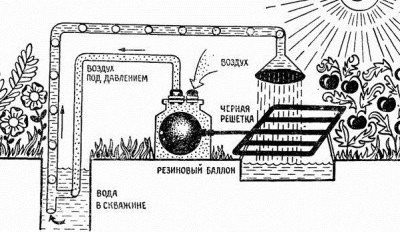
In the tubes from which the grate is assembled, not only propane-butane can be located. Any other liquid that boils at a low temperature will do.
Such a system works even in winter, however, the cycle “flips”: frosty air cools the grate, and underground water heats it.
If the site is located on the shore of a lake or river, then it is not necessary to carry water in buckets to water the garden. You can make the pump out of improvised materials. The sun and the course of the river will do all the work themselves.
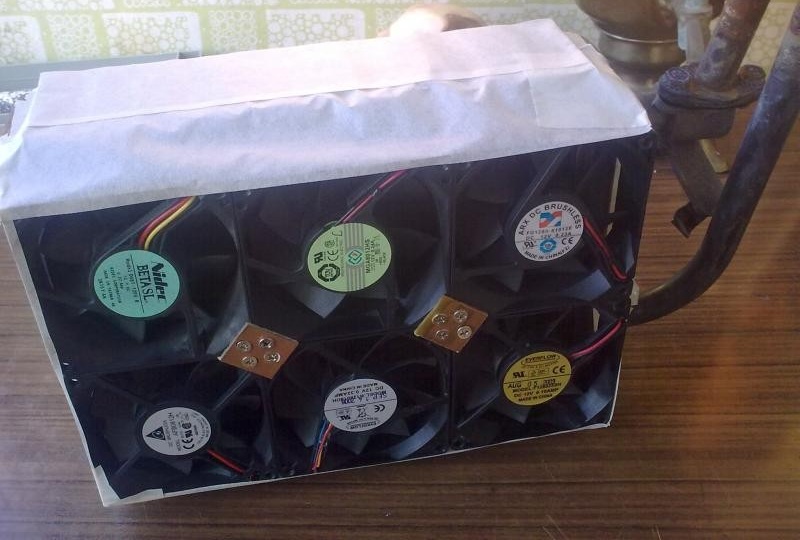
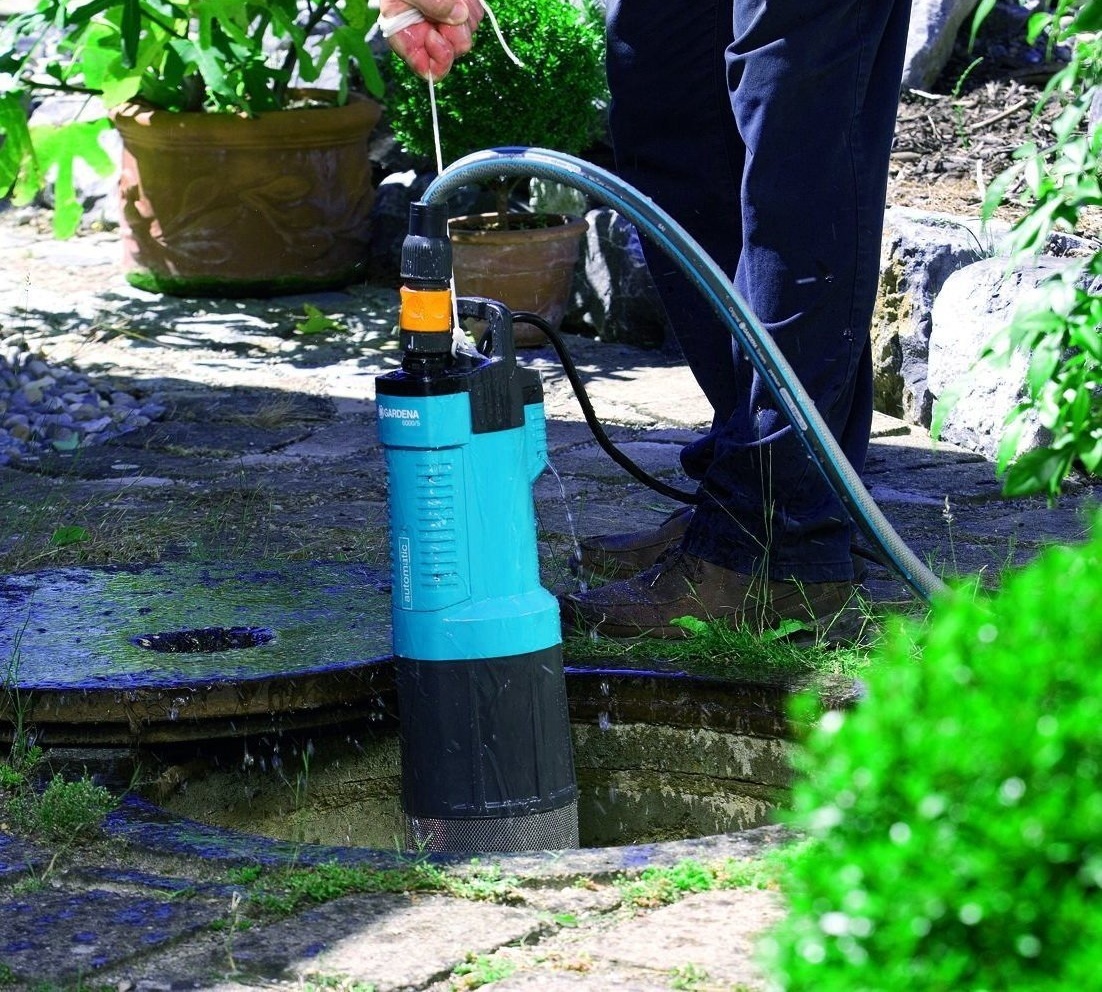

1 comment